After last week's record-breaking rainfall caused flooding, power outages and widespread damage to buildings and infrastructure, the New York City Department of Buildings (DOB) released a set of precautions building owners and property managers should carefully follow when surveying storm and flood-damaged buildings.
As the frequency of these severe and extreme weather events increases, building owners, boards, and managers must prepare to weather the storms. The kind of unprecedented rainfall and flooding we have been seeing has the potential to cause structural damage, deterioration of gas plumbing and electrical systems, toxic mold growth, and other dangerous and hazardous conditions.
What you can do to keep your buildings and its residents safe in the aftermath of this storm and to prepare for the next one:
The Battle Against Leaks
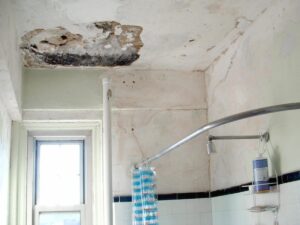
Water is a formidable foe. Over time, it can penetrate through layers of brick, steel, concrete, wood, and insulation and cause serious structural damage. Left unrepaired, leaks can develop into a significant and costly problem.
Read more:
- The Ongoing Battle Against Leaks
- Cutting Corners and Band-Aid Fixes
- Detecting Leaks with Infrared Thermography
- Infrared Thermography: See Your Building in a New Light
- The Key to Healthy Exterior Walls
Flooding and Sewage Back Up
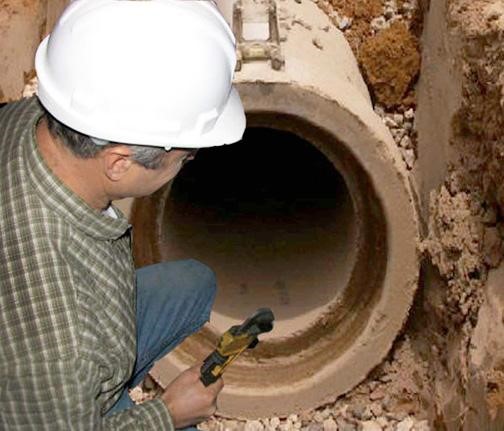 Sewage backups pose health risks caused by contamination from harmful bacteria and mold and should be addressed as quickly as possible.
Sewage backups pose health risks caused by contamination from harmful bacteria and mold and should be addressed as quickly as possible.
Toxic Mold and Moisture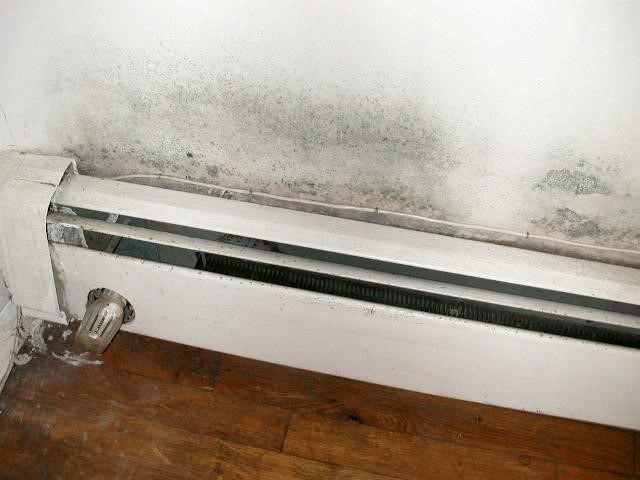
The presence of mold means water has found its way into the building or is escaping from within. Musty odors and stained areas should be tested by a mold expert, and mold-damaged material needs to be remediated by a professional.
Assessing Your Building
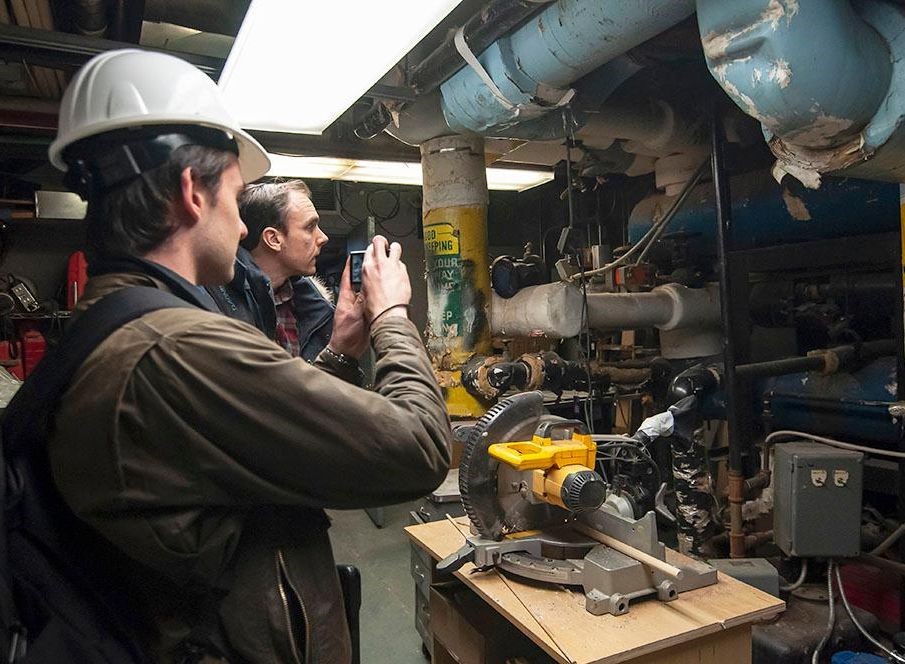 A building survey, sometimes called a Physical Condition Survey, forensic survey, or engineering survey, is an effective way to diagnose the overall condition of a property. For buildings with neglected maintenance and overdue repairs, a building survey provides a blueprint for planning major capital improvements and determining how to best allocate short- and long-term expenditures.
A building survey, sometimes called a Physical Condition Survey, forensic survey, or engineering survey, is an effective way to diagnose the overall condition of a property. For buildings with neglected maintenance and overdue repairs, a building survey provides a blueprint for planning major capital improvements and determining how to best allocate short- and long-term expenditures.
Emergency Preparedness: Have an Action Plan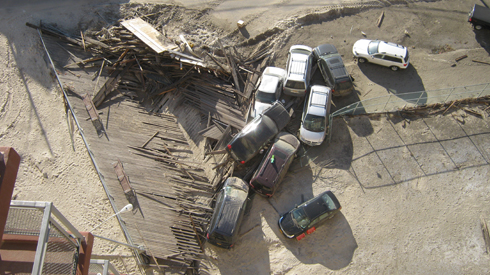
Owners and boards should consult with their management, maintenance staff, engineering and architectural consultants, contractors, insurance carriers, and others involved in the building's operations to prepare an action plan before the next emergency.
Emergency Generators
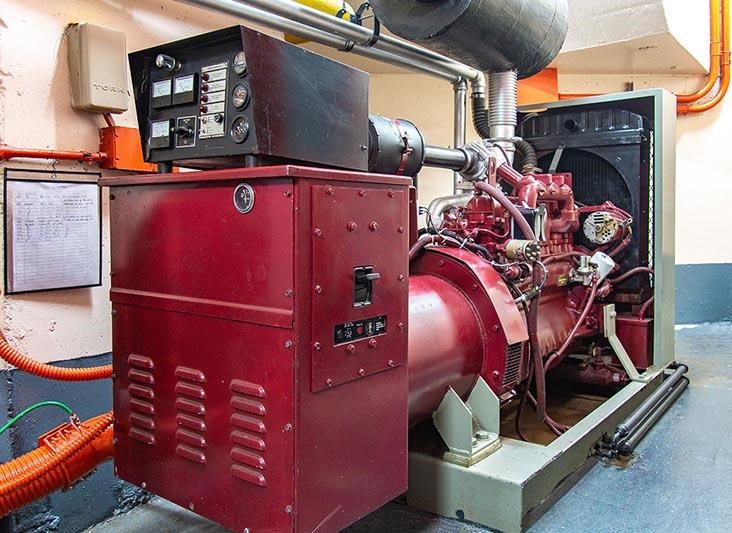 All buildings can benefit from having uninterrupted power during a storm or a natural disaster, particularly ones in flood or outage prone areas. Read more on installing or upgrading backup generators and relocating existing mechanical equipment.
All buildings can benefit from having uninterrupted power during a storm or a natural disaster, particularly ones in flood or outage prone areas. Read more on installing or upgrading backup generators and relocating existing mechanical equipment.
Storm Resiliency
Heavily damaged by Hurricane Sandy in 2012, a 6-building, 343-unit co-op complex in the Rockaways is now fully recovered and stronger than ever after a capital improvement and storm resiliency program.
- Keys to a Successful Capital Improvement Program
- Case Study: Major Capital Improvement and Storm Resiliency Program
For more information or to schedule a consultation regarding your property, contact us at (212) 675-8844 or info@nullrandpc.com. RAND's Emergency Response Group is also available for long or overnight hours in emergency situations to stabilize any building conditions that pose a potential immediate hazard to the public, and critical repairs are required and cannot wait until the next day. We look forward to speaking with you.
